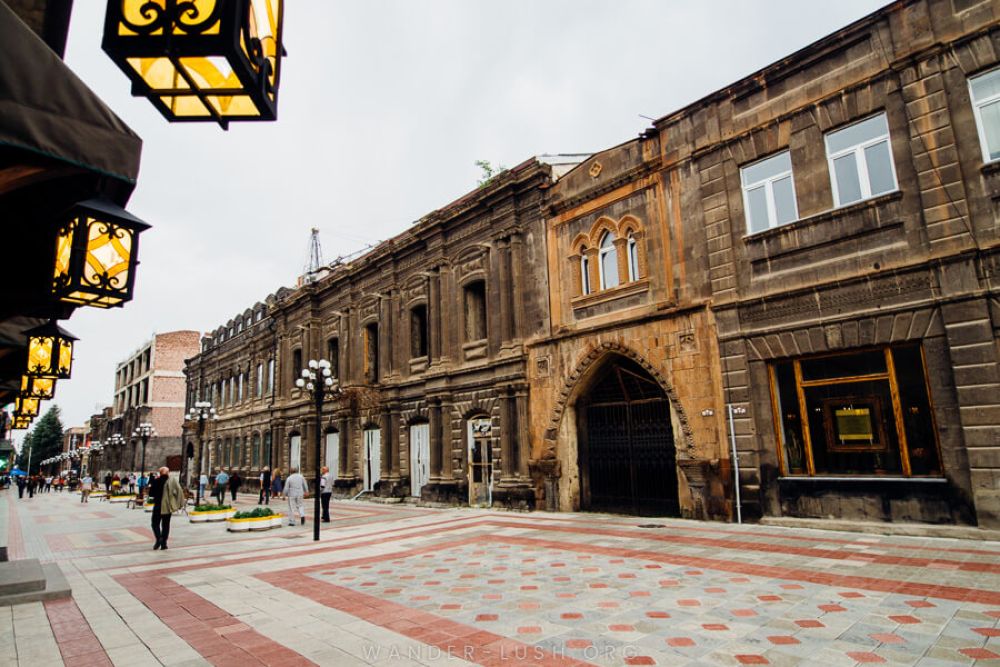

Located in the northwestern part of Armenia, the city of Gyumri is rich in history, culture, and architecture. As the second-largest city in the country, Gyumri has played a significant role in the evolution of Armenian tourism, attracting visitors with its unique blend of tradition and modernity.
The history of tourism in Gyumri can be traced back to the 19th century when the city was known as Alexandropol. During this time, it was a significant urban settlement within the Russian Empire. The city's cultural life, European-style architecture, and the establishment of theaters, museums, and galleries laid the foundation for what would become a flourishing tourist destination in Armenia.
Following the collapse of the Soviet Union, Gyumri struggled with economic and infrastructural challenges, particularly after the devastating earthquake in 1988. However, the ensuing years saw various initiatives aimed at rebuilding and restoring Gyumri's historic buildings and cultural landmarks, thereby gradually replenishing its appeal to tourists.
In recent years, Gyumri has witnessed a resurgence in tourism. The city is increasingly celebrated for its vibrant arts scene, folk traditions, and culinary delights. Efforts to promote the city have included the renovation of the historic old town, improved accommodations, and the development of festivals and events that highlight Gyumri's rich heritage.
Key attractions in Gyumri now include the Sev Berd (Black Fortress), the Dzitoghtsyan Museum of National Architecture and Urban Life, and the Aslamazyan Sisters House-Museum. Travelers are also drawn to the city's historic churches, such as the Seventh-day Adventist Church and the Cathedral of the Holy Mother of God.
In line with global trends towards sustainable and responsible travel, Gyumri has begun to focus on eco-friendly practices and community-based tourism. The city promotes local artisans and encourages cultural exchanges that benefit both visitors and residents alike.
Looking to the future, Gyumri is poised to continue its growth as a tourism hub in Armenia. The city's airport's recent revitalization and improved transportation links are expected to increase visitor numbers further. With a commitment to preserving its historical charm and a push towards innovative tourism practices, Gyumri is establishing itself as a must-visit destination in the region.
In conclusion, the city of Gyumri stands as a testament to the resilience and cultural wealth of Armenia. Its journey from a historic trade center to a modern tourist attraction highlights the vast potential of this ancient city to adapt and thrive in the face of adversity. Visitors to Gyumri will find a warm welcome and an unforgettable experience steeped in history and brimming with the promise of tomorrow.